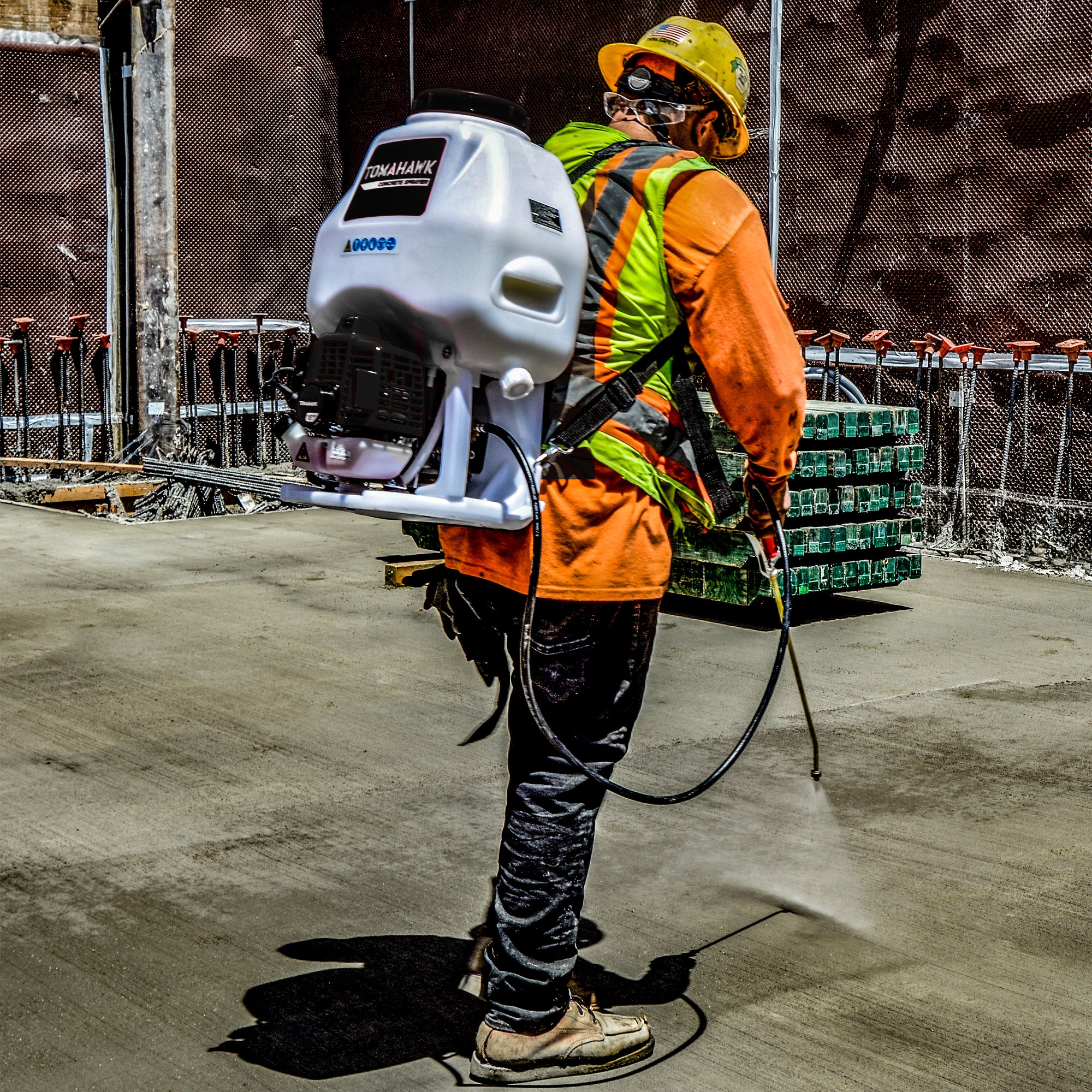When it comes to concrete placement, choosing the right equipment is crucial for achieving accurate and efficient results. Concrete sprayers, also known as concrete pumps, play a pivotal role in this process. To maximize the benefits of concrete sprayers, it's important to consider key factors such as nozzle selection, pressure settings, and spray patterns. This guide will help you navigate through these aspects to choose the right concrete sprayer for your project.
1. Nozzle Selection
Nozzles are essential components of concrete sprayers that determine the flow rate, trajectory, and spread of the concrete. Different nozzles are designed for specific applications, and selecting the appropriate nozzle is crucial for achieving precise and efficient concrete placement.
-
Standard Nozzles: These are versatile nozzles suitable for general concrete placement. They provide a balanced flow and are ideal for achieving uniform distribution over larger areas.
-
Reduced-Diameter Nozzles: These nozzles are designed for placing concrete in confined spaces or areas with limited access. They allow for precise targeting of the concrete and are especially useful for intricate projects.
-
High-Pressure Nozzles: When working with higher concrete pressure, high-pressure nozzles are recommended to ensure a controlled flow and prevent excessive splattering.
-
Wide-Angle Nozzles: Wide-angle nozzles are used for achieving a broader spray pattern. They are suitable for covering larger surface areas efficiently.
-
Adjustable Nozzles: Some concrete sprayers come with adjustable nozzles that allow you to control the spray pattern and flow rate. This flexibility is valuable for adapting to different project requirements.
2. Pressure Settings
Concrete sprayers operate by creating pressure to propel the concrete through the delivery hose. Proper pressure settings are essential for achieving accurate placement without overloading the system or causing blockages.
-
Manufacturer Recommendations: Consult the manufacturer's guidelines for recommended pressure settings based on the type of concrete mix, delivery distance, and other factors.
-
Start Gradually: Begin with a lower pressure setting and gradually increase it while monitoring the flow. This approach helps prevent sudden surges that can lead to concrete spillage or hose blockages.
-
Monitor Consistently: Throughout the operation, continuously monitor the pressure gauge to ensure that it remains within the recommended range.
3. Spray Patterns
The spray pattern of the concrete is determined by the nozzle design and the pressure settings. Different spray patterns are suitable for various placement scenarios.
-
Fan Spray: This pattern produces a wide, flat spray that is ideal for covering larger areas quickly and efficiently.
-
Jet Spray: A focused and concentrated spray pattern, jet spray is useful for accurate placement in tight spaces or when targeting specific areas.
-
Mist Spray: Mist spray patterns are achieved by using reduced-diameter nozzles or by adjusting the pressure settings. This pattern helps prevent excessive splattering and is valuable for delicate or finished surfaces.
4. Consider Project Requirements
Ultimately, the choice of nozzle, pressure settings, and spray patterns should align with the requirements of your specific project. Consider factors such as the size of the area to be covered, the desired finish, accessibility, and any unique challenges posed by the project.
Choosing the right concrete sprayer involves careful consideration of nozzle selection, pressure settings, and spray patterns. These factors directly influence the efficiency, accuracy, and quality of concrete placement. By understanding the capabilities of different nozzles, setting appropriate pressure levels, and selecting the right spray pattern, you can ensure that your concrete sprayer delivers optimal results for your construction projects.










